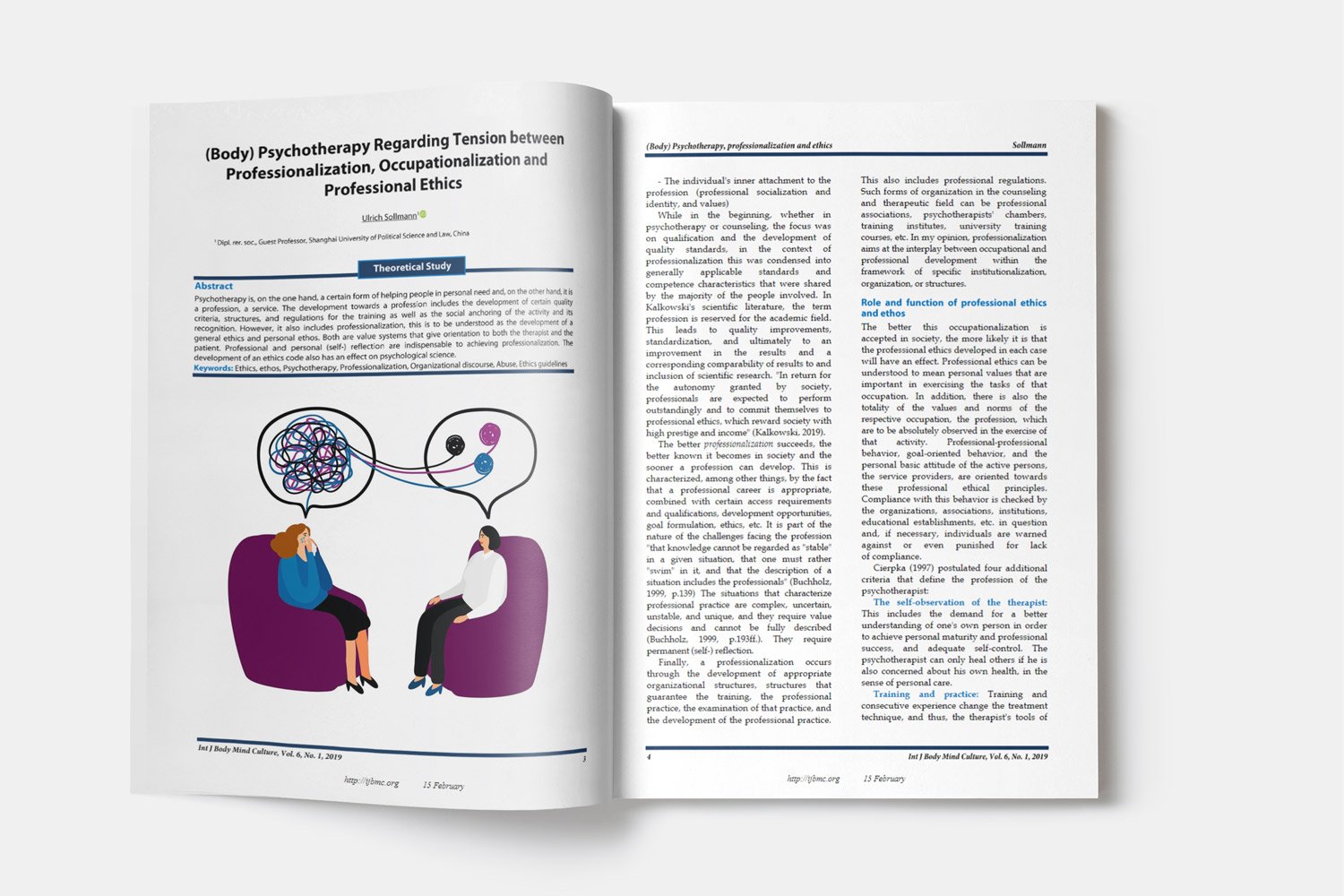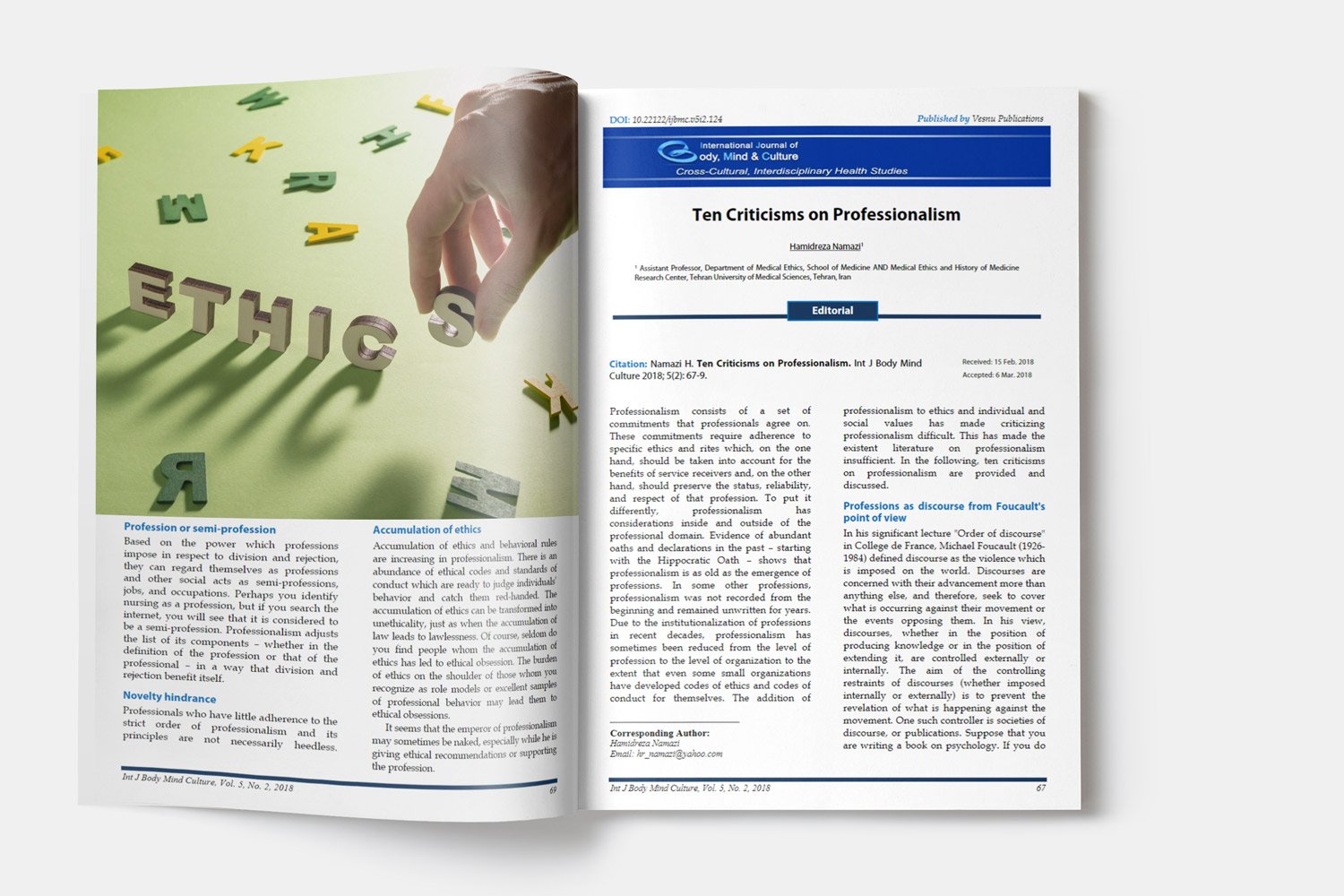The Association between Stress and Illness Anxiety during the Corona-Virus Outbreak in China in 2019
Downloads
Background: The Corona-virus (COVID-19) outbreak in China in 2019 can cause psychological traumatic reaction; it can be a risk factor for illness anxiety. The predictors of severe illness anxiety have not yet been explored.
Methods: The present research was a cross-sectional study. The Impact of Event Scale-Revised (IES-R) was used to evaluate stress reaction, and Whiteley Index-7 (WI-7) was applied to measure illness anxiety. Participants with scores above the median WI-7 score were categorized as severe illness anxiety and those with scores lower than the median WI-7 score were categorized as non-severe illness anxiety. Logistic regression was used to calculate the odds ratio (OR) and 95% confidence interval (CI). Stress level was divided into mild, moderate, and severe, which were included in the logistic model to estimate the association of stress and illness anxiety.
Results: After adjusting for covariates, the OR of mild, moderate, and severe stress reaction level was 3.32 (95% CI: 2.21, 4.99), 6.01 (95% CI: 2.99, 12.05), and 14.54 (95% CI: 7.99, 26.47), respectively. The P for trend was less than 0.001 across the levels of stress reaction.
Conclusion: Severe stress reaction has been associated with severe illness anxiety during the outbreak of COVID-19 in China. The corona crisis intensifies the experience of personal stress that in turn increases the fear of the COVID-19 illness in China. Further qualitative and follow-up studies are essential to illustrate the development of illness anxiety.
Downloads
Asmundson, G. J. G., & Taylor, S. (2020). How health anxiety influences responses to viral outbreaks like COVID-19: What all decision-makers, health authorities, and health care professionals need to know. J Anxiety.Disord., 71, 102211. doi:S0887-6185(20)30025-6 [pii];10.1016/j.janxdis.2020.102211 [doi]. Retrieved from PM:32179380
Bennett, P., Patterson, K., & Noble, S. (2016). Predicting post-traumatic stress and health anxiety following a venous thrombotic embolism. J Health Psychol, 21(5), 863-871. doi:1359105314540965 [pii];10.1177/1359105314540965 [doi]. Retrieved from PM:25030797
Bobevski, I., Clarke, D. M., & Meadows, G. (2016). Health Anxiety and Its Relationship to Disability and Service Use: Findings From a Large Epidemiological Survey. Psychosom.Med, 78(1), 13-25. doi:10.1097/PSY.0000000000000252 [doi]. Retrieved from PM:26588821
Creamer, M., Bell, R., & Failla, S. (2003). Psychometric properties of the Impact of Event Scale - Revised. Behav.Res.Ther, 41(12), 1489-1496. doi:S0005-7967(03)00227-4 [pii];10.1016/j.brat.2003.07.010 [doi]. Retrieved from PM:14705607
Fitzgerald, J. M., DiGangi, J. A., & Phan, K. L. (2018). Functional Neuroanatomy of Emotion and Its Regulation in PTSD. Harv.Rev.Psychiatry, 26(3), 116-128. doi:10.1097/HRP.0000000000000185 [doi];00023727-201805000-00003 [pii]. Retrieved from PM:29734226
Huang, J. Z., Han, M. F., Luo, T. D., Ren, A. K., & Zhou, X. P. (2020). [Mental health survey of medical staff in a tertiary infectious disease hospital for COVID-19]. Zhonghua.Lao.Dong.Wei.Sheng.Zhi.Ye.Bing.Za.Zhi., 38(3), 192-195. doi:10.3760/cma.j.cn121094-20200219-00063 [doi]. Retrieved from PM:32131151
Kirmayer, L. J., & Young, A. (1998). Culture and somatization: clinical, epidemiological, and ethnographic perspectives. Psychosom.Med, 60(4), 420-430. doi:10.1097/00006842-199807000-00006 [doi]. Retrieved from PM:9710287
Lorenzi, P., Hardoy, M. C., & Cabras, P. L. (2000). Life crisis and the body within. Psychopathology., 33(6), 283-291. doi:29159 [pii];10.1159/000029159 [doi]. Retrieved from PM:11060510
Motlagh, H. (2010). Impact of Event Scale-revised. J Physiother., 56(3), 203. doi:S1836-9553(10)70029-1 [pii];10.1016/s1836-9553(10)70029-1 [doi]. Retrieved from PM:20795930
Neng, J. M., & Weck, F. (2015). Attribution of somatic symptoms in hypochondriasis. Clin.Psychol Psychother., 22(2), 116-124. doi:10.1002/cpp.1871 [doi]. Retrieved from PM:24123559
Noyes, R., Watson, D. B., Carney, C. P., Letuchy, E. M., Peloso, P. M., Black, D. W. et al. (2004). Risk factors for hypochondriacal concerns in a sample of military veterans. J Psychosom.Res., 57(6), 529-539. doi:S0022-3999(04)00496-9 [pii];10.1016/j.jpsychores.2004.05.006 [doi]. Retrieved from PM:15596159
Olatunji, B. O., Deacon, B. J., & Abramowitz, J. S. (2009). Is hypochondriasis an anxiety disorder? Br.J Psychiatry, 194(6), 481-482. doi:S0007125000006772 [pii];10.1192/bjp.bp.108.061085 [doi]. Retrieved from PM:19478284
Rachman, S. (2012). Health anxiety disorders: a cognitive construal. Behav.Res.Ther, 50(7-8), 502-512. doi:S0005-7967(12)00083-6 [pii];10.1016/j.brat.2012.05.001 [doi]. Retrieved from PM:22659160
Reuman, L., Jacoby, R. J., Blakey, S. M., Riemann, B. C., Leonard, R. C., & Abramowitz, J. S. (2017). Predictors of illness anxiety symptoms in patients with obsessive compulsive disorder. Psychiatry Res., 256, 417-422. doi:S0165-1781(17)30185-3 [pii];10.1016/j.psychres.2017.07.012 [doi]. Retrieved from PM:28697487
Rief, W., & Auer, C. (2000). Cortisol and somatization. Biol.Psychol, 53(1), 13-23. doi:S0301-0511(00)00042-9 [pii];10.1016/s0301-0511(00)00042-9 [doi]. Retrieved from PM:10876062
Scarella, T. M., Laferton, J. A., Ahern, D. K., Fallon, B. A., & Barsky, A. (2016). The Relationship of Hypochondriasis to Anxiety, Depressive, and Somatoform Disorders. Psychosomatics., 57(2), 200-207. doi:S0033-3182(15)00163-2 [pii];10.1016/j.psym.2015.10.006 [doi]. Retrieved from PM:26785798
Seo, D., Rabinowitz, A. G., Douglas, R. J., & Sinha, R. (2019). Limbic response to stress linking life trauma and hypothalamus-pituitary-adrenal axis function. Psychoneuroendocrinology, 99, 38-46. doi:S0306-4530(17)31619-0 [pii];10.1016/j.psyneuen.2018.08.023 [doi]. Retrieved from PM:30172968
Tu, C. Y., Liao, S. C., Liu, C. Y., Chen, T. T., Chen, I. M., Lin, K. F. et al. (2016). Application of the Chinese Version of the Whiteley Index-7 for Detecting DSM-5 Somatic Symptom and Related Disorders. Psychosomatics., 57(3), 283-291. doi:S0033-3182(15)00235-2 [pii];10.1016/j.psym.2015.12.010 [doi]. Retrieved from PM:27034149
Vyner, H. M. (1988). The psychological dimensions of health care for patients exposed to radiation and the other invisible environmental contaminants. Soc.Sci Med, 27(10), 1097-1103. doi:10.1016/0277-9536(88)90304-8 [doi]. Retrieved from PM:3059508
Wang, C., Pan, R., Wan, X., Tan, Y., Xu, L., Ho, C. S. et al. (2020). Immediate Psychological Responses and Associated Factors during the Initial Stage of the 2019 Coronavirus Disease (COVID-19) Epidemic among the General Population in China. Int J Environ.Res.Public Health, 17(5). doi:ijerph17051729 [pii];10.3390/ijerph17051729 [doi]. Retrieved from PM:32155789
Welch, P. G., Carleton, R. N., & Asmundson, G. J. (2009). Measuring health anxiety: moving past the dichotomous response option of the original Whiteley Index. J Anxiety.Disord., 23(7), 1002-1007. doi:S0887-6185(09)00121-2 [pii];10.1016/j.janxdis.2009.05.006 [doi]. Retrieved from PM:19560314
Wu, K. K., & Chan, K. S. (2003). The development of the Chinese version of Impact of Event Scale--Revised (CIES-R). Soc.Psychiatry Psychiatr.Epidemiol., 38(2), 94-98. doi:10.1007/s00127-003-0611-x [doi]. Retrieved from PM:12563552
Yan, Z., Witthoft, M., Bailer, J., Diener, C., & Mier, D. (2019). Scary symptoms? Functional magnetic resonance imaging evidence for symptom interpretation bias in pathological health anxiety. Eur Arch.Psychiatry Clin.Neurosci, 269(2), 195-207. doi:10.1007/s00406-017-0832-8 [doi];10.1007/s00406-017-0832-8 [pii]. Retrieved from PM:28803349
Copyright (c) 2020 cui feihuan, Ulrich Sollmann

This work is licensed under a Creative Commons Attribution-NonCommercial 4.0 International License.















